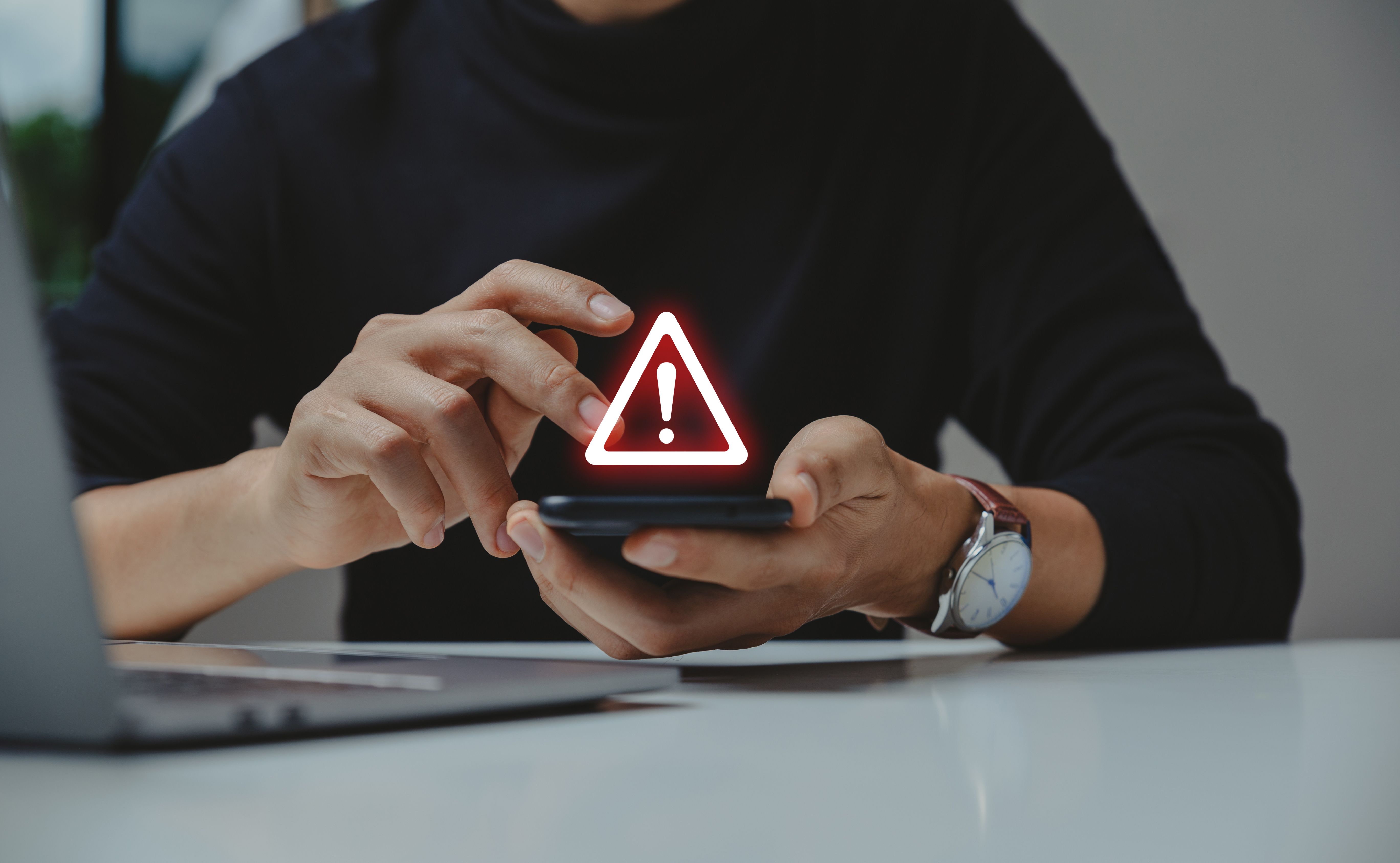Hackers Have a New Tool in Their Toolbox: Smishing
The theory behind smishing is similar to that of phishing. The difference is that smishing happens via a person’s smartphone.
Lee Kim, J.D., the senior principal for cybersecurity and privacy at the Healthcare Information and Management Systems Society, said smishing through the phone will "definitely" be on the rise.
© Kannapat - stock.adobe.com

By now, anyone with an email address is familiar with the concept of phishing. These deceptive emails are designed to get a user to disclose sensitive information, often by sending emails from fake accounts designed to look like a user’s boss or their bank.
However, Lee Kim, J.D., the senior principal for cybersecurity and privacy at the Healthcare Information and Management Systems Society, says healthcare organizations need to get used to a new term if they want to prevent cyberattacks: “smishing.” The theory behind smishing is similar to that of phishing. The difference is that smishing happens via a person’s smartphone (hence, the “sm” in smishing).
“Smishing through the phone will definitely be on the rise,” Kim says.
Like phishing, smishing begins with an unsolicited message, this time in the form of a text message. Whereas most workplaces have sophisticated email filtration systems that flag or quarantine suspected phishing emails, the same is not true for smishing. “With smishing,people just by habit are opening each and every (message),” she says. “That’s closer to a goal for a criminal, right?” Kim notes that texts frequently use short links that, while convenient, obscure the name of the actual website to which they link.
Hackers have found ways to get around two-factor authentication, Kim says. For instance, if a user clicks on a link that takes them to a decoy modeled after their bank’s homepage and begins to enter their login information, hackers can program software that simultaneously inputs the user’s login information into the real bank website. When the bank website responds by sending a two-factor authentication code via text, the victim will enter it into the fake website, and then the software will enter it into the real bank site, instantly gaining access.
“That’s how it’s so clever and so much more powerful than just simply a phishing email on your desktop,” she says.
Kim says she expects the Federal Communications Commission to address the problem by requiring phone companies to institute protocols to block messages originating from known malicious numbers. But she said it is clear that healthcare information technology professionals should view smishing as a top concern.

Premiums for Employer-based Health Insurance Increased by 7% in 2024, Says KFF Report
Published: October 9th 2024 | Updated: October 9th 2024The 2024 increase is the same as last year's increase for family coverage. The foundation’s annual survey of employer health benefits also found that only 18% of large employers (200 employees are more) are covering the GLP-1 weight loss drugs.
Read More
Doug Chaet of Value Evolutions Discusses Value-based Payment Models, Where They Stand and More
September 29th 2022In this episode of Tuning In to the C-Suite, Managing Editor of Managed Healthcare Executive, Peter Wehrwein, speaks with President of Value Evolutions and MHE Editorial Advisory Board Member, Doug Chaet, FACHE, about value-based care's current standing, the status of select payment models like bundled and episodic, and more.
Listen
Florida Gets the OK. But Will Drug Importation from Canada Actually Happen?
March 5th 2024Canadian health officials warn that maintaining a drug supply for Canadians is their priority. The staunch opposition of the U.S. pharmaceutical industry may also be an obstacle to imports from north of the border.
Read More
We conducted our annual State of the Industry survey in the early part of November 2023. The survey had 432 respondents, of whom 56% self-reported working for a payer organization (pharmacy benefit manager, insurer or self-insured employer), 34% for a provider organization and the remainder for government or an unspecified “other” category.
Read More